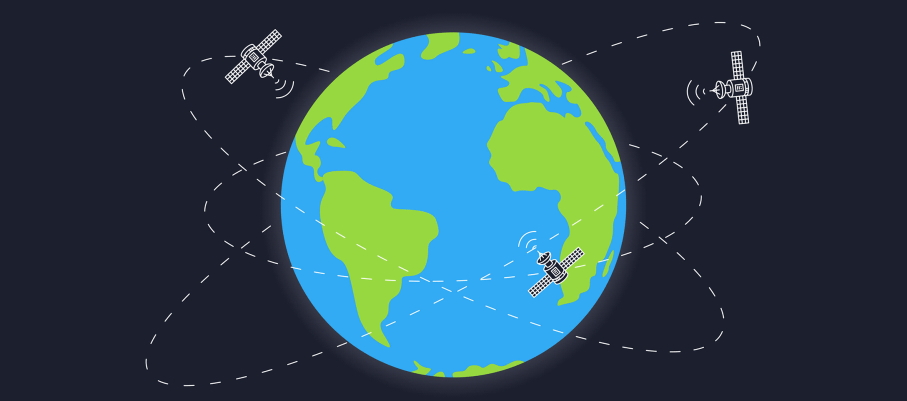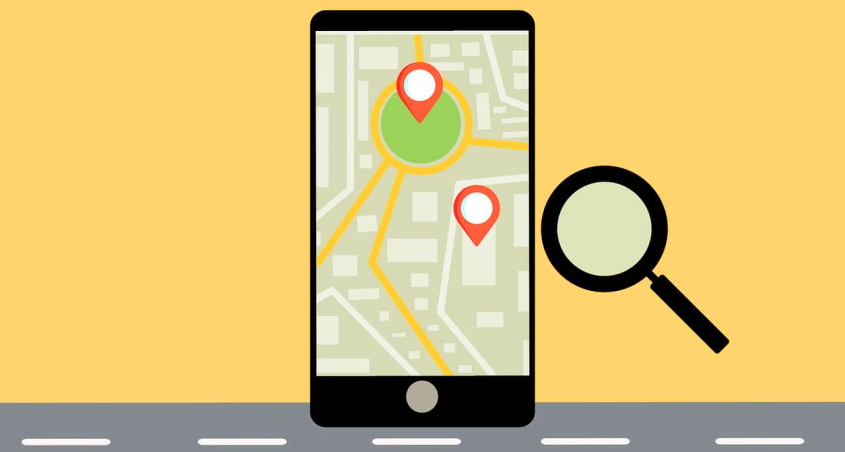
How Does GPS Work: An Exploration of Satellite Navigation
The idea of GPS and satellite navigation is something that most people use daily, but few know how it works.
In modern society, we rely heavily on digital mapping technologies like Google Maps or Waze to help us get from point A to point B as quickly and efficiently as possible. However, these technologies can only do so much; they cannot always account for traffic jams or construction delays which can cause them to lead you astray. Therefore, the military’s Department of Defense initially developed satellite navigation technology during the Cold War era (the 1950s) to determine the location accurately.

How does a GPS receiver know where you are on the Earth?
A GPS receiver is a device that uses signals from satellites to determine the location of an object on Earth. The Global Positioning System (GPS) was initially developed by the U.S. Department of Defense but has become publicly available for civilian use. To pinpoint your precise location, a GPS receiver combines information it receives from at least four satellite constellations in space with data about the time signal was sent and received, which can be determined using atomic clocks. Once these calculations are completed, any GPS receiver will show you exactly where you are on Earth within approximately 10 meters.
The GPS receiver is capable of determining its position on the Earth and sometimes even its altitude. It does this by measuring the time it takes for a signal to travel from one or more satellites in space down to your receiver. The satellite sends out a signal with an identification code embedded in it and tells you where you are on Earth. Your GPS device can measure how long it took for the signal to come back up from Earth’s surface back to space and then figure out what distance away your location is from these satellites based on how long it took for the signals to go up and come back down again.

Why are four satellites needed for GPS?
The essential thing in the world is located. Everything we do and everything around us requires knowing where it is. This goes for people, too – after all, how can you know where to go if you don’t know where you are? The Global Positioning System (GPS) provides this capability with its network of 24 satellites that orbit our planet about 12,000 miles up. But why do four satellites have to be involved in a GPS fix? It turns out that this number was chosen because four signals provide better data than three or two.
GPS is one of the most amazing inventions in the history of humanity. It can tell you your exact location on Earth, within a few yards, anywhere on or near our planet. But how does it do that? GPS satellites are used to send signals from space to your phone or receiver, translating these signals into information like latitude and longitude coordinates.
